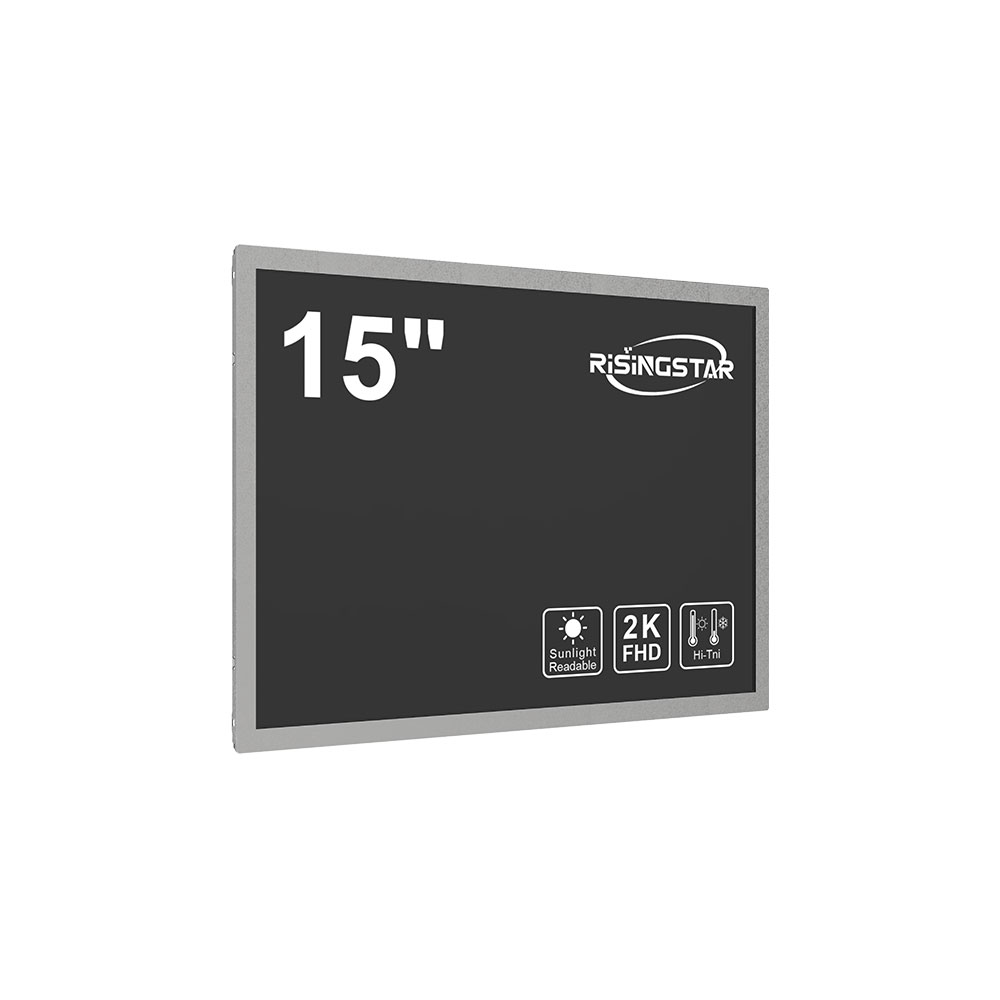A sunlight readable gas pump display screen is a critical component in modern fueling stations, especially in outdoor environments where ambient light levels can exceed 100,000 lux. Unlike standard LCDs that suffer from poor visibility under direct sunlight, these specialized displays are engineered to maintain clarity, contrast, and color accuracy even in extreme lighting conditions. The core challenge lies in balancing brightness, power efficiency, and durability—factors that directly influence user experience, operational safety, and long-term reliability.
To achieve optimal performance, manufacturers use high-brightness LED-backlit panels with luminance ratings of at least 5,000 nits—often exceeding 7,000 nits in premium models. This level of brightness ensures the screen remains legible during peak daylight hours, as confirmed by ISO 9241-3 standards for human-centered design of visual display terminals. Additionally, anti-glare coatings and polarization filters reduce specular reflections, while advanced pixel technology (such as IPS or VA panels) enhances viewing angles and reduces color shift—a crucial feature when drivers approach from various angles.

Another essential consideration is environmental resilience. According to MIL-STD-810G, industrial-grade gas pump screens must withstand temperature extremes (-30°C to +70°C), humidity, vibration, and dust ingress (IP65 or higher). This requires robust housing materials like aluminum alloy casings and sealed front glass, often with chemically strengthened Gorilla Glass or similar protective layers.
From an engineering perspective, integrating touch functionality adds complexity. Capacitive touchscreens with multi-touch support allow quick transactions, but they must be calibrated for glove use—common in cold climates—and designed with noise filtering to prevent false triggers from electromagnetic interference (EMI) near fuel pumps. Recent innovations include infrared touch sensors that offer superior durability over traditional resistive touch systems.

Real-world case studies from Chevron and Shell stations demonstrate that upgrading to sunlight-readable displays reduced customer complaints by up to 60% and improved transaction speed by 15–20%. These improvements are attributed not only to better readability but also to faster response times (under 10ms) and enhanced UI design tailored for mobile users.
For OEMs and integrators, selecting the right gas pump display screen involves evaluating brightness specs, environmental compliance, power consumption (typically ≤15W), and compatibility with existing point-of-sale (POS) systems. Leading suppliers such as LG Display, Sharp, and E-Ink Corporation now offer modular solutions that simplify retrofitting older fuel dispensers.
In conclusion, a well-engineered sunlight readable gas pump display screen is more than just a visual upgrade—it's a strategic investment in customer satisfaction, operational efficiency, and brand reputation. As digital fueling becomes the norm globally, these screens must evolve with smarter interfaces, energy-efficient technologies, and seamless integration into smart infrastructure ecosystems.







